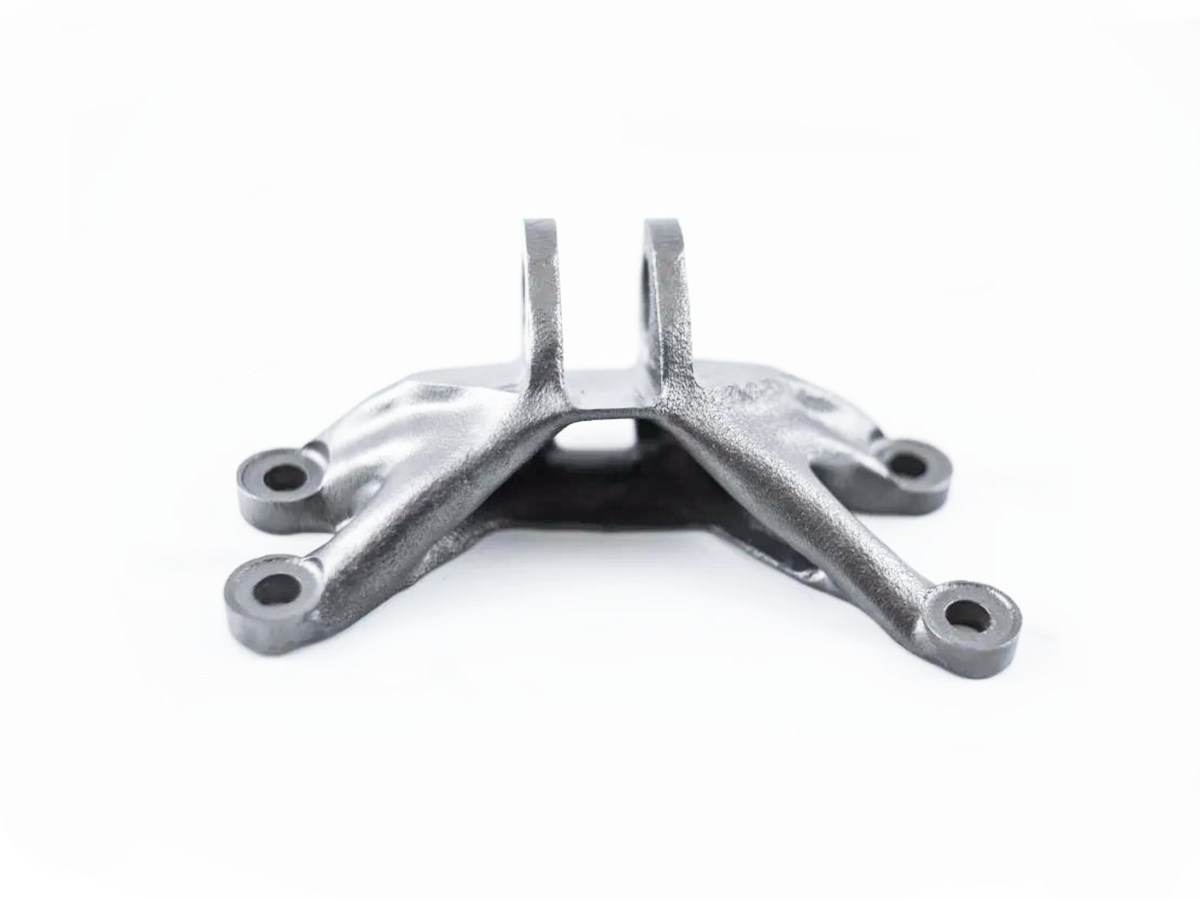How do I choose the right stainless steel grade for my application?
Selecting the optimal stainless steel grade is a critical engineering decision that balances corrosion resistance, mechanical properties, fabricability, and total cost. There is no universal "best" grade; the correct choice is dictated by your specific application's operational environment, mechanical load requirements, and regulatory standards. As a foundational step, stainless steels are categorized into five main families: Austenitic, Martensitic, Ferritic, Duplex, and Precipitation-Hardening. Your selection process should systematically evaluate the following key parameters.
1. Assess the Corrosion Environment
The primary reason for choosing stainless steel is its corrosion resistance, which varies significantly between grades. You must first characterize the environment:
Mild Environments (Atmospheric): For indoor or dry applications with minimal exposure, a basic grade like SUS430 (Ferritic) may suffice.
General Corrosion (Water, Mild Chemicals): Austenitic grades, such as SUS304, offer excellent resistance to a wide range of environments and are the most commonly used.
Chloride Exposure (Marine, Chemical Processing): In the presence of chlorides, which cause pitting and crevice corrosion, you must upgrade to grades with higher Molybdenum content, such as SUS316 or the super-austenitic and Duplex (e.g., SUS2205) grades.
Stress Corrosion Cracking (SCC): In warm chloride environments under tensile stress, standard austenitics like 304 are susceptible. Duplex steels or higher nickel alloys are preferred to mitigate SCC risk.
2. Define Mechanical and Strength Requirements
The required strength, hardness, and toughness will significantly narrow your choices.
High Strength and Hardness: For cutting tools, bearings, or valves requiring high wear resistance and hardness, Martensitic grades like SUS420 are ideal. They can be heat-treated to achieve high strength.
Excellent Toughness and Ductility: Austenitic steels like SUS303 and 304 offer good impact resistance even at cryogenic temperatures.
Very High Strength-to-Weight Ratio: For aerospace or high-performance automotive components, Precipitation-Hardening (PH) grades like SUS630 (17-4PH) can be heat-treated to achieve strengths far exceeding standard austenitic grades.
Moderate Strength and Good Machinability: SUS303 is specifically formulated with added sulfur for superior machinability, making it a top choice for complex CNC Machining projects.
3. Consider Fabrication and Machining Processes
The method of manufacturing the part is a decisive factor.
CNC Machining: As mentioned, SUS303 is the easiest to machine. For a balance of corrosion resistance and machinability, SUS304 is suitable, while SUS316 is more challenging but necessary for environments with corrosive conditions.
Welding: Austenitic grades (304, 316) are generally the most weldable. Ferritic and Martensitic grades can be more problematic due to grain growth and hardening in the heat-affected zone (HAZ).
Forming: The high ductility of austenitic steels makes them excellent for deep drawing and severe forming operations.
4. Evaluate Temperature Extremes
High-Temperature Service (Oxidation Resistance): Grades with high chromium content, such as SUS310, are specifically designed for use in furnace parts and heat exchangers.
Cryogenic Service: Austenitic grades, such as 304 and 316, retain their toughness and are the standard for LNG and cryogenic applications.
5. Industry-Specific Standards and Regulations
Your industry may mandate specific grades.
Medical and Food Industry: Requires excellent cleanability and corrosion resistance. SUS304 and SUS316 are prevalent. A smooth surface finish, achieved through processes like Electropolishing or Passivation, is often critical.
Marine and Offshore: Demands resistance to pitting from saltwater. SUS316, Duplex steels, and more highly alloyed grades are essential.
Aerospace and Defense: Often utilizes high-strength PH steels like 17-4PH (SUS630) for structural components.
Conclusion: A Systematic Approach
Start by defining your non-negotiable requirement, which is often corrosion resistance. Then, layer on the mechanical, fabrication, and cost constraints. For critical applications, prototyping and testing the selected grade in the actual service environment is highly recommended. Partnering with an experienced manufacturer like Neway for CNC Machining Prototyping can de-risk this process, ensuring the material you choose performs reliably throughout its service life.



